DIY Patio Planning
ACharles
12 years ago
Related Stories

LOFTSDIY Spirit Reinvents an Industrial Home
Armed with a detailed plan from a designer, this homeowner rolled up his sleeves and transformed his Edmonton loft space
Full Story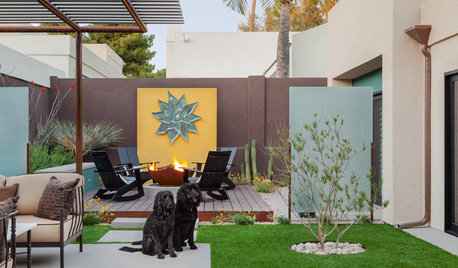
PATIOSCase Study: 8 Tips for Planning a Backyard From Scratch
Turn a blank-slate backyard into a fun and comfy outdoor room with these ideas from a completely overhauled Phoenix patio
Full Story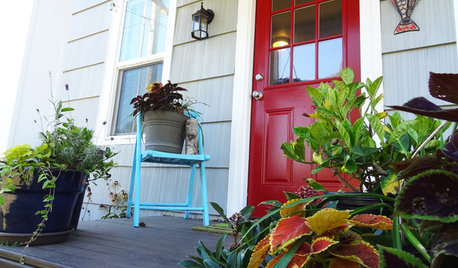
CURB APPEALDIY Painting Project: A Colorful Front Door
Give your entrance a notice-me new hue to make it inviting and energizing for fall
Full Story
DECORATING GUIDESUtility Fabrics That Go the DIY Distance
Durable, easy to find and inexpensive, these utility fabrics can bring surprisingly high-end results to your everyday DIY projects
Full Story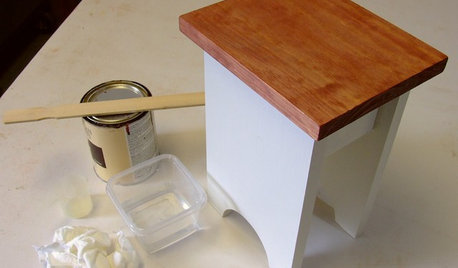
DIY PROJECTSCool Tip: Mimic Stain With a DIY Color Wash
Get the look of an oil-based stain without all the bother, using this easy wash made with paint
Full Story
DIY PROJECTSQuick DIY Project: 3 Ways to Show Off Your Succulents
Create a simple yet lush vignette with a few plants and some everyday items
Full Story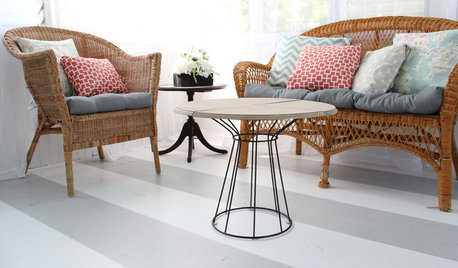
DECORATING PROJECTSDIY: How to Paint Stripes on Your Floor
Paint brings a dreary porch floor to life in New England — watch the process unfold and get tips and ideas for your own floors
Full Story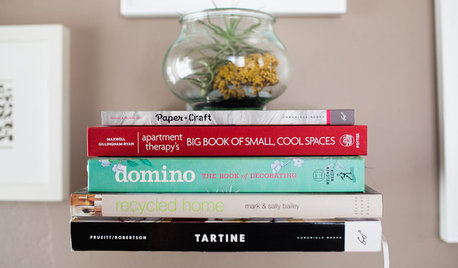
DECORATING GUIDES8 Reasons to Jump Off the DIY Bandwagon
You heard right. Stop beating yourself up for not making stuff yourself, and start seeing the bright side of buying from others
Full Story
GARDENING AND LANDSCAPINGDIY Project: Reinvented Party Table
Turn Everyday Items Into Casual-Chic Outdoor Decor
Full Story
DECORATING GUIDESUncover Your Junk's Hidden Decorating Potential — Scads of DIY Ideas
Release your typewriter's inner planter or a drum set's coffee table. These creative ideas will have you seeing the possibilities
Full StorySponsored
Your Custom Bath Designers & Remodelers in Columbus I 10X Best Houzz
More Discussions









deviant-deziner
Yardvaark
Related Professionals
Carlisle Landscape Architects & Landscape Designers · Accokeek Landscape Architects & Landscape Designers · Baltimore Landscape Architects & Landscape Designers · Forest City Landscape Architects & Landscape Designers · Wakefield Landscape Contractors · Davidson Landscape Contractors · Dixon Landscape Contractors · Garland Landscape Contractors · Hampton Bays Landscape Contractors · Streamwood Landscape Contractors · Webster Groves Landscape Contractors · Woodburn Landscape Contractors · Prichard Decks, Patios & Outdoor Enclosures · Lake Forest Swimming Pool Builders · Sudley Swimming Pool BuildersACharlesOriginal Author
deviant-deziner
Yardvaark
ACharlesOriginal Author
Yardvaark
deviant-deziner
Yardvaark
ACharlesOriginal Author
deviant-deziner